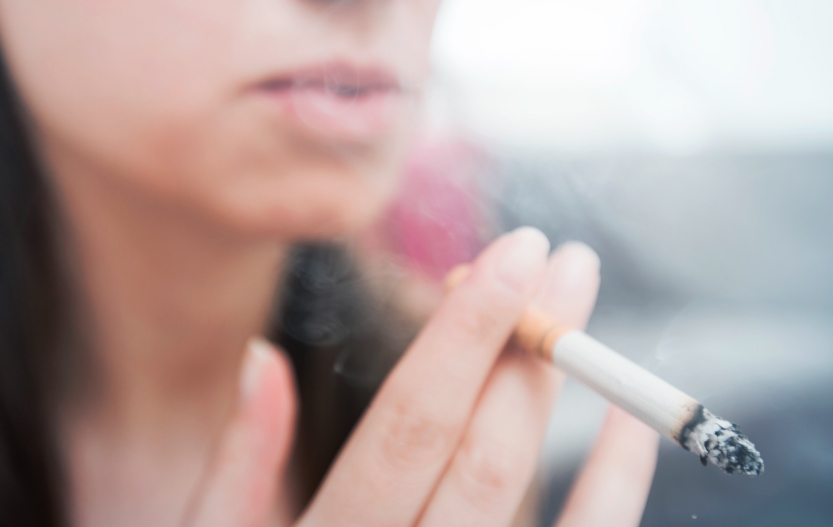A recent WHO/Europe study has cast a spotlight on the escalating trends of substance use among adolescents. The findings are a clarion call to action, revealing a generation at risk as they grapple with the allure of alcohol, the rise of e-cigarettes, and the persistent presence of cannabis.
The Alarming Ascendancy of Alcohol
Alcohol remains the substance most frequently consumed by adolescents, with a staggering 57% of 15-year-olds having tried it at least once. The trend is not only prevalent but also growing, as nearly four in ten report recent consumption. This widespread use is a troubling indicator of how deeply alcohol consumption is embedded in youth culture.

The issue is compounded by the fact that drunkenness is becoming more common, with rates increasing sharply from age 13 to 15. This points to a worrying escalation in alcohol abuse among young people, highlighting the need for immediate and effective intervention strategies.
E-cigarettes Eclipse Traditional Smoking
E-cigarettes have overtaken conventional cigarettes in popularity among the youth, signaling a shift in substance use patterns. With one in five 15-year-olds reporting recent use, the implications for public health are profound. The rise of vaping presents new challenges in the fight against adolescent substance use, as it becomes more prevalent than traditional tobacco products.
The gender gap in substance use is closing, with girls equaling or surpassing boys in rates of smoking, alcohol consumption, and e-cigarette use by the age of 15. This trend underscores the need for targeted prevention strategies that address the specific needs and behaviors of both genders.
Cannabis: A Slight Decline but Still a Concern
While the study shows a slight decrease in cannabis use among 15-year-olds, the substance remains a significant part of the adolescent landscape. The percentage of those who have ever used cannabis has fallen from 14% in 2018 to 12% in 2022, yet this small dip does not diminish the importance of continued vigilance and prevention efforts.
The narrowing gender gap in substance use is particularly evident in cannabis trends, with girls increasingly partaking at rates similar to boys. This shift necessitates a reevaluation of prevention programs to ensure they are inclusive and effective for all adolescents.
